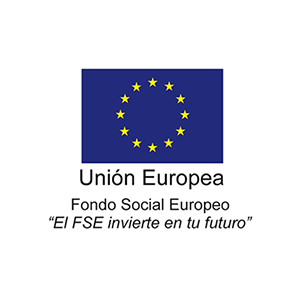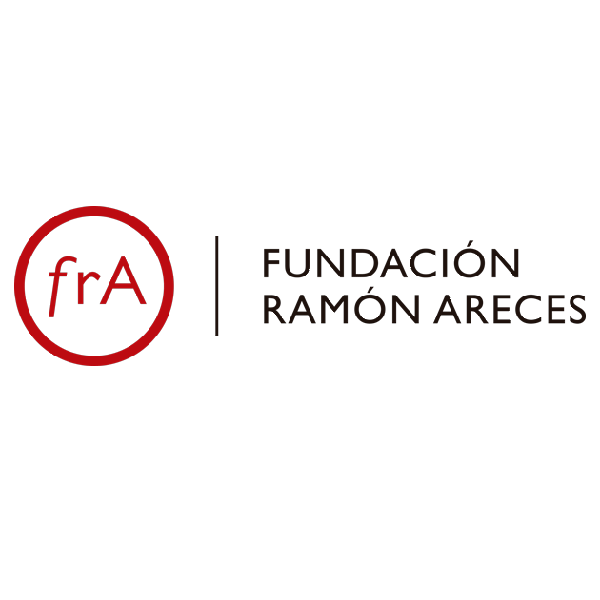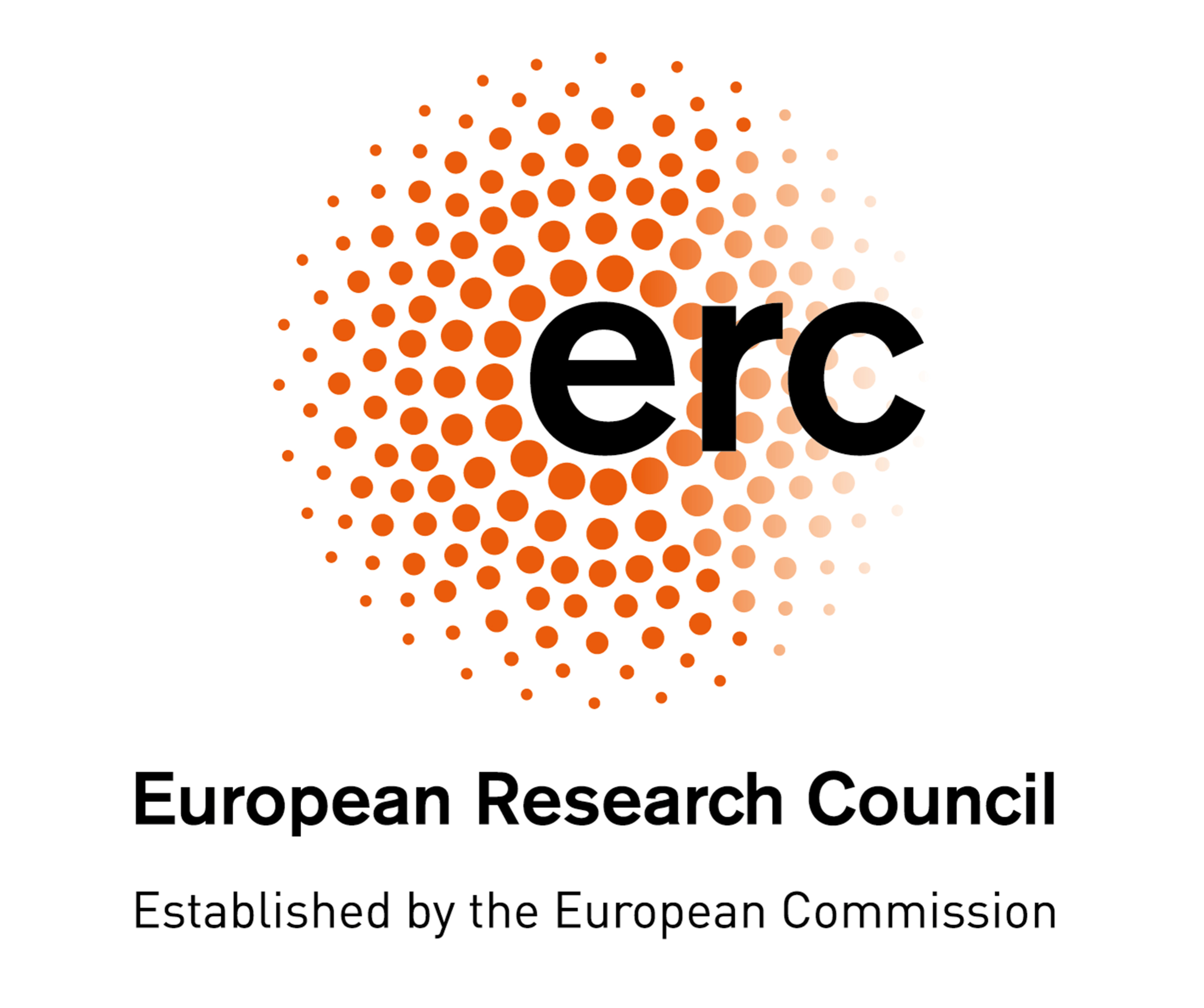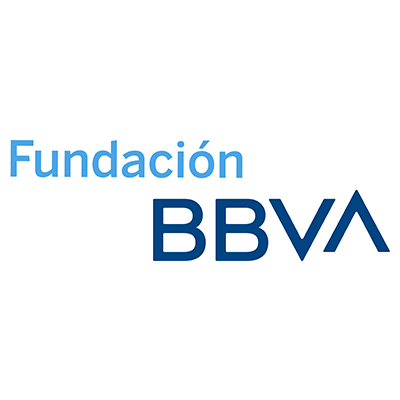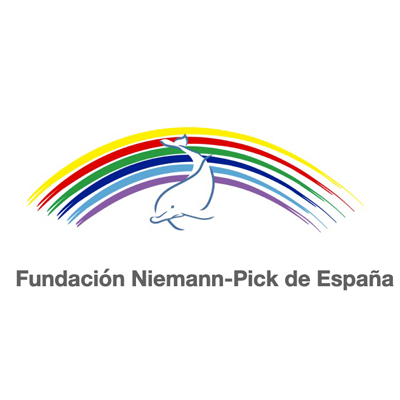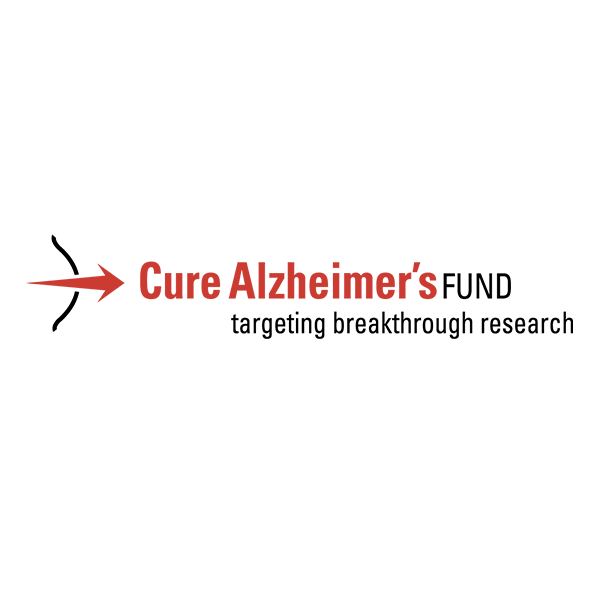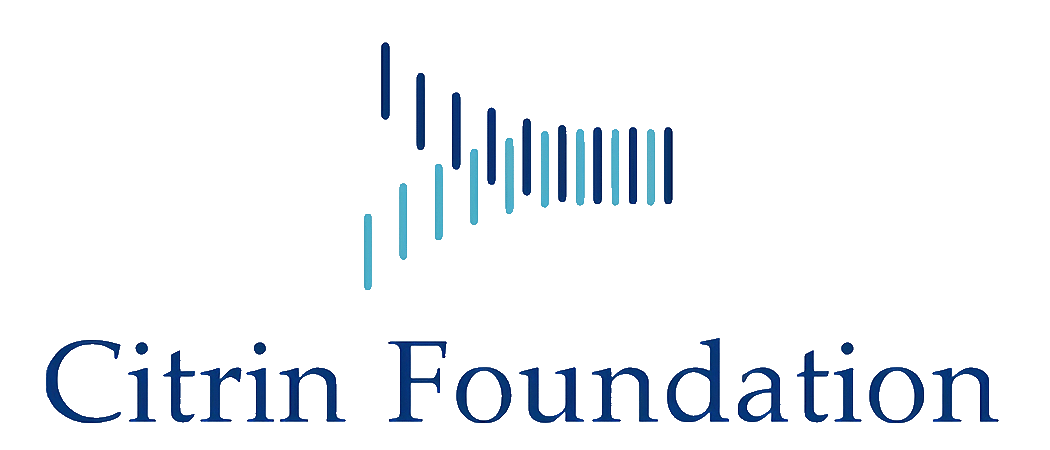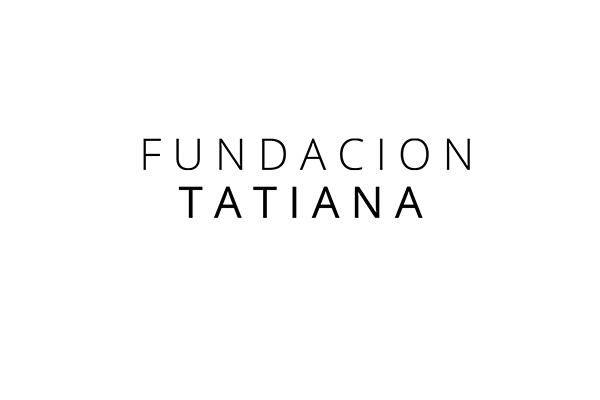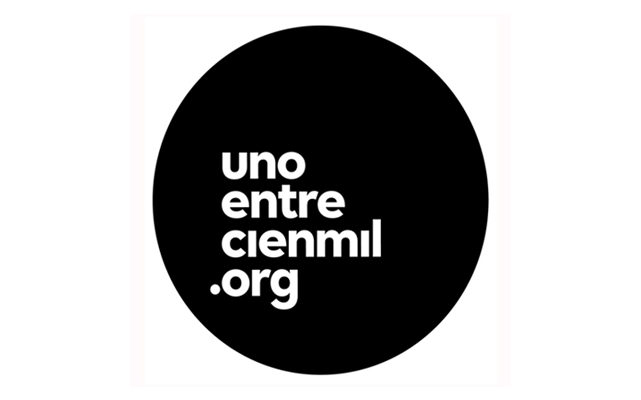Mechanisms of cell-cell signaling during development
Research summary:
Cell-to-cell communication is a key event that occurs in a precise manner during normal development, and its misregulation causes diseases such as cancer, malformations and neurological disorders. During differentiation and growth of an organism, several signalling molecules function as messengers between cells. In some cases, long-distance cell-cell signal communication is essential, and some of these signalling molecules act in a concentration dependent manner (defined as morphogens). The graded distribution of these signaling molecules in a morphogenetic field and the ability of the receptor cells to respond specifically to different ligand concentrations are tightly regulated processes. Specialized signaling filopodia (cytonemes) have proposed to mediate a precise long distant communication within an epithelium. Using the fruit fly, we have demonstrated that cytonemes are required for the establishment of a normal Hedgehog morphogen gradient and that vesicles are the Hedgehog carriers in cytoneme-mediated transport for exovesicles secretion. Our hypothesis is that during morphogenesis non-neuronal cells exchange signalling proteins by direct contact between cytonemes at specific sites, similar to neuronal synapses, facilitating concentration and spatial restriction of the signal.
The research of the group is related to the mechanisms of intercellular communication mediated by signaling proteins, the implication of cytoskeleton and vesicular trafficking in cell signaling and the crosstalk between signaling pathways in the fly model system.
The specific objetives are:
- To study the mechanisms of interaction between cytonemes from Hedgehog-receiving and Hedgehog-sending cells during the reception. To this aim we are investigating the possibility that Hedgehog signalling process resembles to a synaptic-like process.
- To explore the molecular mechanisms for formation and dynamic regulation of cytonemes involved in Hedgehog signaling during normal development.
- To decipher the role of EGFR pathway in cytoneme formation and analyze the crosstalk between pathways in normal and pathological development.
Our research is interdisciplinary using diverse experimental systems across tissues in Drosophila, we use state-of-the-art methodologies for genetic, cellular and molecular analyses, superresolution confocal microscopy, electron microscopy and 4D in vivo imaging. The quantitative information generated supports the development of mathematical models of the signalling processes that, in turn, will allow us to explore different hypothesis.
The knowledge of the mechanisms underlying cell-cell signaling and cell signaling integration during normal development will contribute to understand other cell communication processes such as the maintenance of adult homeostasis and tumor progression. This knowledge is essential for the identification of possible targets of pharmacological agents, which will allow designing more specific therapies.

Figure 1. Model for processing and release Hh.
A) In the producing cells Hh is translated, cleavage, lipid modified and externalized (red beads). B) Hh is then internalized and sorted to endosomes and to the apical recycling endosomes. In this process Hh probably interacts with Disp (blue discontinue line), Dlp, Dally, Boi (yellow background), and Ihog (green line). Hhis then transported to the basolateral membrane probably within multivesicular endosomes. C) These multivesicular endosomes fuse their membranes with the basolateral plasma membrane to form the cytonemes and release exovesicles. Hh is then transported in exovesicles to its target cells along cytonemes.

Figure 2. Vesicular traffic of Hedgehog in the producing cells for its secretion in exosomes. During Hedgehog recycling from apical to basolateral plasma membranes, Hedgehog is loaded in multivesicular bodies (MVBs) and then travels along cytonemes to be released in exosomes for reception.

Figure 3. Schemes representing the Hedgehog reception process. A) It shows that the Hedgehog reception occurs by cell-cell contact mediated by cytonemes that emerge from the presenting and receiving cells. This contact could resemble a synaptic process. B) It shows that the interaction between the ligand Hedgehog (Hh) and the receptor Patched (Ptc) occurs at specific sites along basalateral cytonemes in developmental tissues.
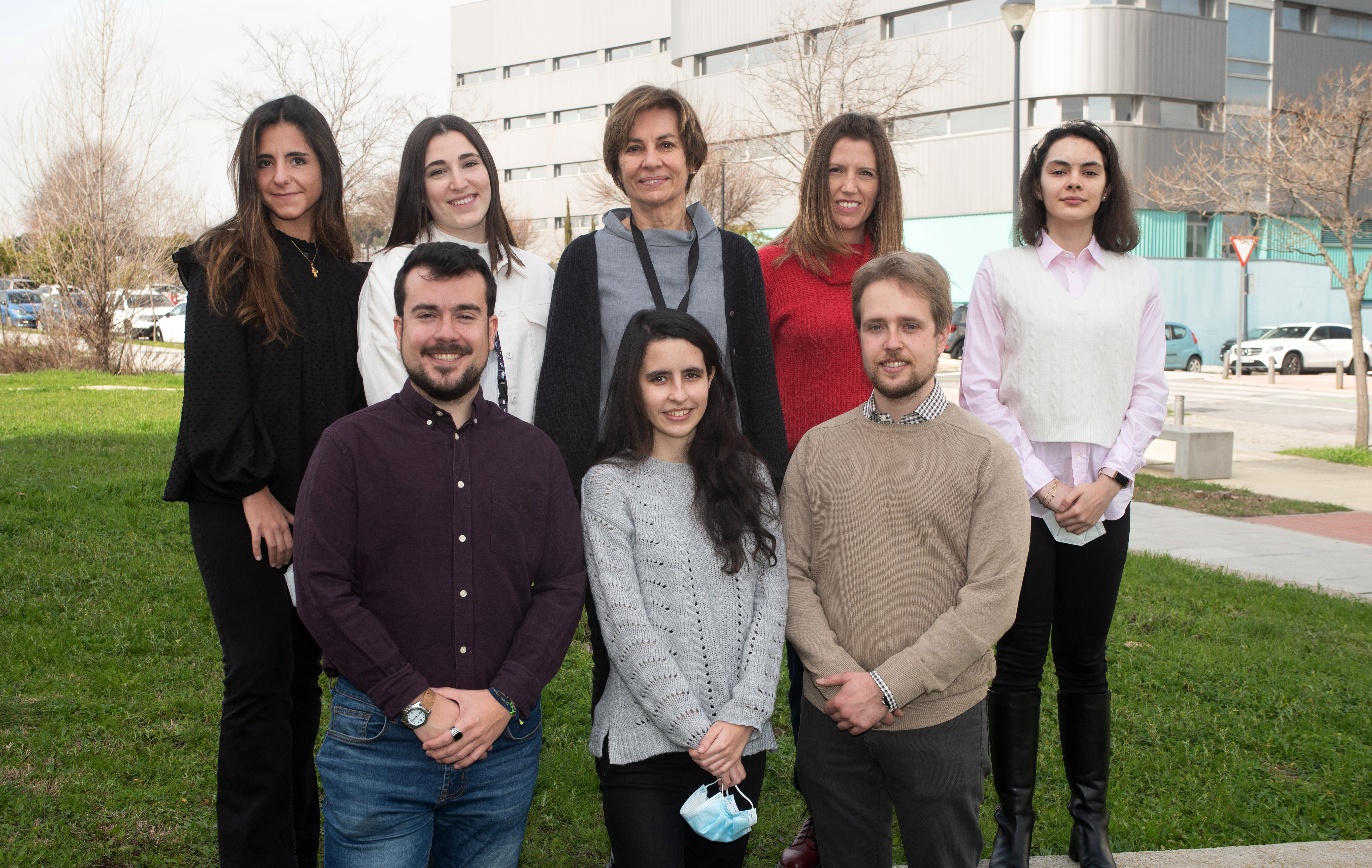
| Last name | Name | Laboratory | Ext.* | Professional category | |
|---|---|---|---|---|---|
| Busturia Jimeno | Ana María de | 414 | 4509 | abusturia(at)cbm.csic.es | E. Investigadores Científicos de Organismos Públicos |
| Fernández Pardo | Clara | 414 | 4465 | clara.fernandez(at)cbm.csic.es | Titulado Sup. Actividades Tecn. y Prof.GP1 |
| Guerrero Vega | Isabel | 414 | 4680 | iguerrero(at)cbm.csic.es | Doctor Vinculado "Ad Honorem" |
| Lalioti | Vasiliki | 414 | 4465 | vlalioti(at)cbm.csic.es | Doctor FC3 |
| Lamas de Lázaro | Santiago | 414 | 4680 | Estudiante TFG | |
| Rodenstein | Lara María | 414 | 4465 | lrodenstein(at)cbm.csic.es | Titulado Sup. Actividades Tecn.y Prof.GP1 |
Relevant publications:
- Aguirre-Tamaral A, Cambón M, Poyato D, Soler J, Guerrero I. Predictive model for cytoneme guidance in Hedgehog signaling based on Ihog- Glypicans interaction. Nat Commun. 2022 Sep 26;13(1):5647. doi: 10.1038/s41467-022-33262-4. PMID: 36163184; PMCID: PMC9512826
- Simon E, Jiménez-Jiménez C, Seijo-Barandiarán I, Aguilar G, Sánchez-Hernández D, Aguirre-Tamaral A, González-Méndez L, Ripoll P, Guerrero I. Glypicans define unique roles for the Hedgehog co-receptors boi and ihog in cytoneme-mediated gradient formation. Elife. 2021 Aug 6;10:e64581. doi: 10.7554/eLife.64581. PMID: 34355694; PMCID: PMC8410076.
- Aguirre-Tamaral A, Guerrero I. Improving the understanding of cytoneme-mediated morphogen gradients by in silico modeling. PLoS Comput Biol. 2021 Aug 3;17(8):e1009245. doi: 10.1371/journal.pcbi.1009245. PMID: 34343167; PMCID: PMC8362982.
- González-Méndez L, Gradilla AC, Sánchez-Hernández D, González E, Aguirre-Tamaral A, Jiménez-Jiménez C, Guerra M, Aguilar G, Andrés G, Falcón-Pérez JM, Guerrero I. Polarized sorting of Patched enables cytoneme-mediated Hedgehog reception in the Drosophila wing disc. EMBO J. 2020 Jun 2;39(11):e103629. doi: 10.15252/embj.2019103629. Epub 2020 Apr 20. PMID: 32311148; PMCID: PMC7265244.
- Simon E, de la Puebla SF, Guerrero I. Drosophila Zic family member odd-paired is needed for adult post-ecdysis maturation. Open Biol. 2019 Dec;9(12):190245. doi: 10.1098/rsob.190245. Epub 2019 Dec 18. PMID: 31847787; PMCID: PMC6936260.
- González-Méndez L, Gradilla AC, Guerrero I. The cytoneme connection: direct long-distance signal transfer during development. Development. 2019;146(9):dev174607. Published 2019 May 8. doi:10.1242/dev.174607
- González-Méndez L, Seijo-Barandiarán I, Guerrero I. Cytoneme-mediated cell-cell contacts for Hedgehog reception. Elife. 2017;6:e24045. Published 2017 Aug 21. doi:10.7554/eLife.24045
- Gradilla AC, González E, Seijo I, et al. Exosomes as Hedgehog carriers in cytoneme-mediated transport and secretion. Nat Commun. 2014;5:5649. Published 2014 Dec 4. doi:10.1038/ncomms6649
- Gradilla, AC., Guerrero, I. Hedgehog on the move: a precise spatial control of Hedgehog dispersion shapes the gradient. Curr Opin Genet Dev. 2013 Aug;23(4):363-73. doi:10.1016/j.gde.2013.04.011.
- Bischoff, M., Gradilla, A.C., Seijo, I., Rodríguez-Navas, C., and Guerrero, I. Cytonemes are required for the establishment of a normal Hedgehog morphogen gradient in Drosophila epithelia. Nature Cell Biol. 2013 Nov;15(11):1269-81. doi: 10.1038/ncb2856. Epub 2013 Oct 13. Selected in The Faculty of 1000.
- Callejo A, Bilioni A, Mollica E, et al. Dispatched mediates Hedgehog basolateral release to form the long-range morphogenetic gradient in the Drosophila wing disk epithelium. Proc Natl Acad Sci U S A. 2011;108(31):12591–12598. doi:10.1073/pnas.1106881108
- Sánchez-Hernández D, Sierra J, Ortigão-Farias JR, Guerrero I. The WIF domain of the human and Drosophila Wif-1 secreted factors confers specificity for Wnt or Hedgehog [published correction appears in Development. 2013 Nov;140(22):4645]. Development. 2012;139(20):3849–3858. doi:10.1242/dev.080028
- Callejo A, Culi J, Guerrero I. Patched, the receptor of Hedgehog, is a lipoprotein receptor. Proc Natl Acad Sci U S A. 2008;105(3):912–917. doi:10.1073/pnas.0705603105
- Gorfinkiel N, Sierra J, Callejo A, Ibañez C, Guerrero I. The Drosophila ortholog of the human Wnt inhibitor factor Shifted controls the diffusion of lipid-modified Hedgehog. Dev Cell. 2005;8(2):241–253. doi:10.1016/j.devcel.2004.12.018
- Martín V, Carrillo G, Torroja C, Guerrero I. The sterol-sensing domain of Patched protein seems to control Smoothened activity through Patched vesicular trafficking. Curr Biol. 2001;11(8):601–607. doi:10.1016/s0960-9822(01)00178-6
Doctoral theses:
- Función del gen patched en el desarrollo embrionario e imaginal del Drosophila melanogaster. Javier Capedvila Moya. Universidad Autónoma de Madrid. Facultad de Ciencias. Departamento de Biología Molecular. Abril 1995.
- El papel del gen distal-less en la identidad de los apèndices ventrales de Drosophila melanogaster. Nicole Gorfinkiel Haim. Universidad Autónoma de Madrid. Facultad de Ciencias. Departamento de Biología Molecular. Mayo 1998.
- Estudio del papel de la vía de señalización de Hedgehog en la determinación del patrón morfogenético del ala de Drosophila. José Luis Mullor SanJosé. Universidad Autónoma de Madrid. Facultad de Ciencias. Departamento de Biología Molecular. Noviembre 1999.
- Papel del gen patched en el mecanismo de señalización de Hedgehog. Carlos Torroja Fungairiño. Universidad Autónoma de Madrid. Facultad de Ciencias. Departamento de Biología Molecular. Diciembre 2003.
- Función del gen shf/Dwif en la vía de señalización de Hedgehog en Drosophila. Javier Sierra Isturiz. Universidad Autónoma de Madrid. Facultad de Ciencias. Departamento de Biología Molecular. Abril 2007.
- Función de los genes lines y los genes de la familia odd-skipped en el desarrollo de los apéndices de Drosophila melanogaster. Elvira Benítez de Gracia. Universidad Autónoma de Madrid. Facultad de Ciencias. Departamento de Biología Molecular. Febrero 2008.
- Papel de Ihog y Boi en la señalización de Hedgehog. David Sánchez Hernández. Universidad Autónoma de Madrid. Facultad de Ciencias. Departamento de Biología Molecular. Enero 2014.
- Control of two morphogenetic processes during Drosophila melanogaster metamorphosis: fusion of imaginal disc and ecdysis. Eleanor Simon. Universidad Autónoma de Madrid. Facultad de Ciencias. Departamento de Biología Molecular. Noviembre 2016.
- Dynamics of Hedgehog signaling filopodia during Drosophila melanogaster epitelial morphogenesis. Irene Seijo Barandiarán. Universidad Autónoma de Madrid. Facultad de Ciencias. Departamento de Biología Molecular. Julio 2016.
- In silico modeling of cytoneme-mediated Hedgehog signaling in Drosophila. Adrián Aguirre Tamaral. Universidad Autónoma de Madrid. Facultad de Ciencias. Departamento de Biología Molecular. Marzo 2020.
Ongoing projects:
- Network of Excellence in Translational Network For The Clinical Application Of Extracellular Vesicles (Tentacles). Ministerio de Ciencia e Innovación. RED2018-102411-T. Coordinated Project. Jan 2020 - Jan 2023.
- Cellular communication by direct contact: formation of cytonemes in the function of Hedgehog signaling during development. Ministerio de Ciencia e Innovación. PID2020-114533GB-C21. PI: Isabel Guerrero Vega. Sep 2021-Oct 2024.
Congress
- EMBO workshop on Long-distance cell-cell signaling in Development and disease, Exeter, 10-13 April 2022: https://meetings.embo.org/event/21-cell-signalling.

